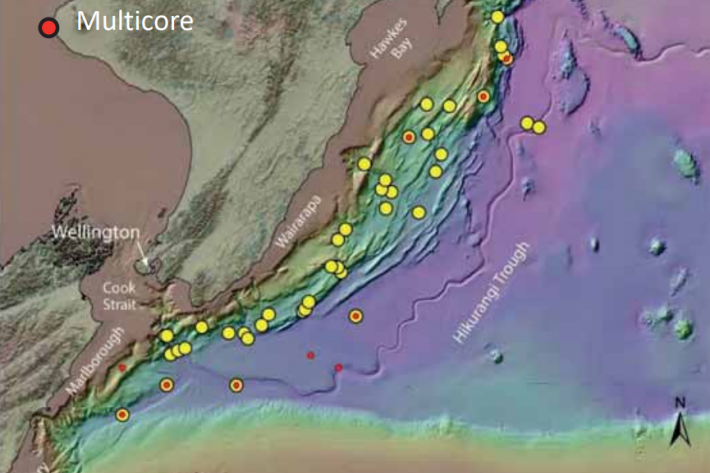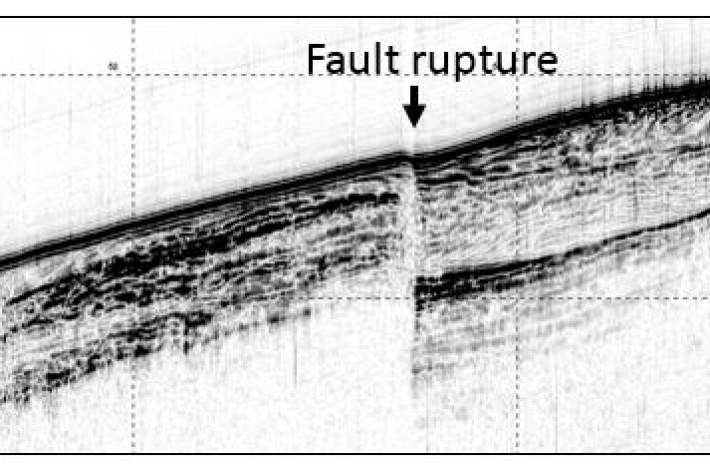-

Hotspot Watch for 8 December 2016
Hotspot08 December 2016A weekly update describing soil moisture anomalies across the country. -
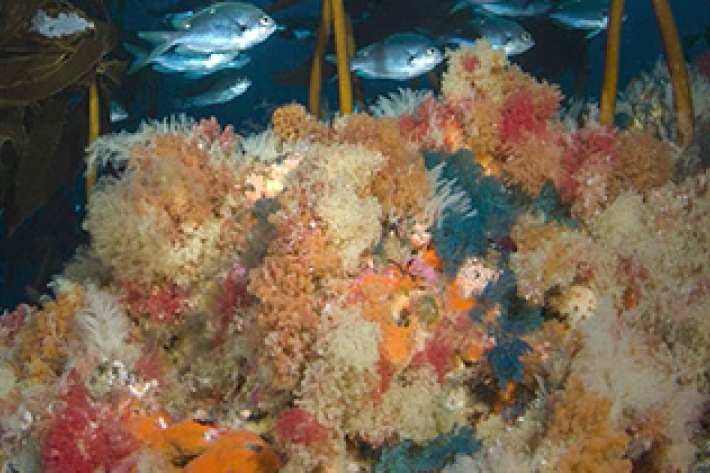
Bountiful Bryozoans
An interactive guide to the bryozoans of New Zealand -

NIWA's Hotspot Watch for 1 December 2016
Hotspot01 December 2016A weekly update for Thursday 1 December 2016 - describing soil moisture across the country to help assess whether severely to extremely dry conditions are occurring or imminent. -
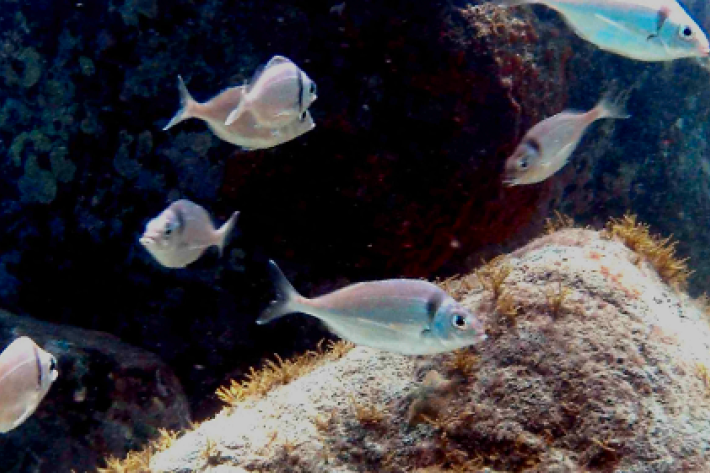
Public help sought for fish research
Media release29 November 2016NIWA scientists are asking for help from people who have had a long association with East Northland, Hauraki Gulf or Marlborough Sounds. -

NIWA's Hotspot Watch for 24 Nov 2016
Hotspot24 November 2016A weekly update describing soil moisture across the country to help assess whether severely to extremely dry conditions are occurring or imminent. -
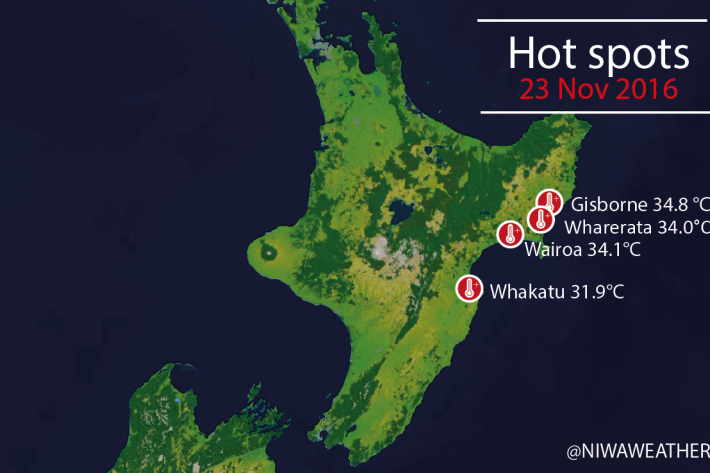
Hottest November temperature in 15 years
News article24 November 2016The hottest November temperature in New Zealand in at least the last 15 years occurred yesterday, when Gisborne reached a sizzling 34.8°C at 4.00 pm. -

Changes in juvenile fish habitats
Research ProjectNIWA is looking for people who have had a long association with the Hauraki Gulf or Marlborough Sounds to help them with a research project on juvenile fish habitats. -
Scientists detect huge fault rupture offshore from Kaikoura
News article22 November 2016Scientists surveying the seabed in areas affected by last week’s earthquake have confirmed a 34km rupture in the offshore continuation of the Kekerengu Fault, known as the Needles Fault. -

Hotspot Watch for 17 November 2016
Hotspot17 November 2016A weekly update describing soil moisture across the country to help assess whether severely to extremely dry conditions are occurring or imminent.

